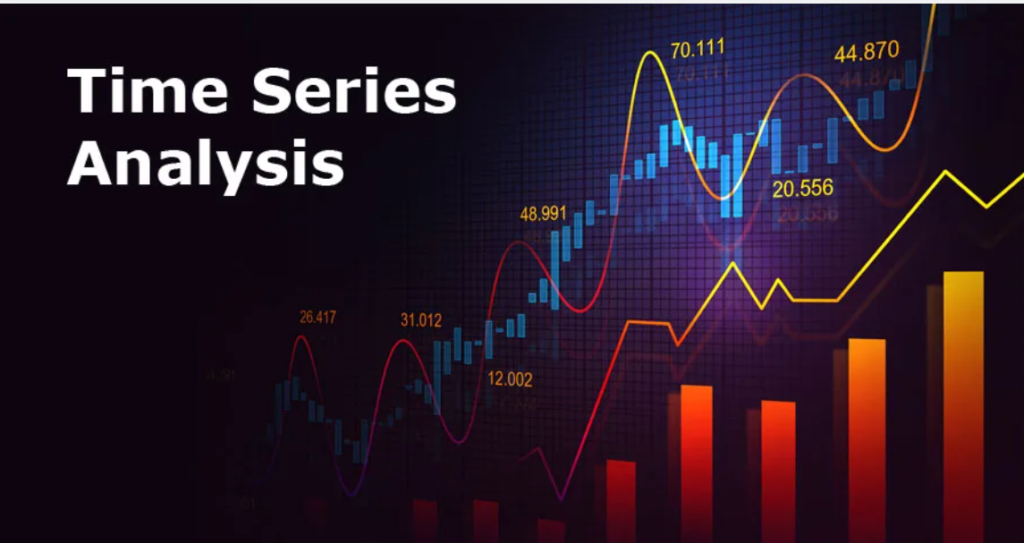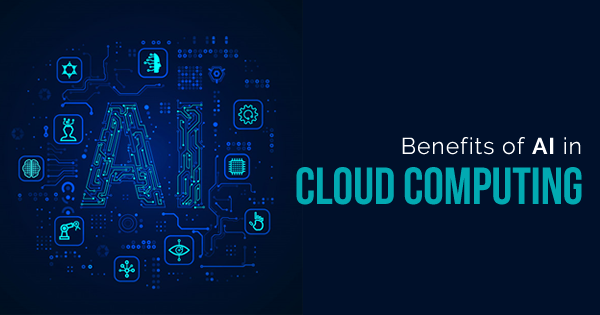Time series forecasting plays a pivotal role in various industries, enabling organizations to make informed decisions based on historical data and future predictions. In this article, we’ll delve into the methods and algorithms for time series forecasting using machine learning techniques. We’ll cover traditional methods such as ARIMA, modern approaches like Long Short-Term Memory (LSTM) networks, and specialized tools such as Prophet, along with practical implementation strategies to help you achieve accurate and reliable forecasts.
Traditional Methods: ARIMA (AutoRegressive Integrated Moving Average)
- Understanding ARIMA: ARIMA is a classical time series forecasting method that models the temporal dependencies and trends in data through three components: AutoRegressive (AR), Integrated (I), and Moving Average (MA).
- Practical Implementation:
- Preprocessing: Detrend and deseasonalize the time series data if necessary.
- Model Selection: Use techniques such as autocorrelation function (ACF) and partial autocorrelation function (PACF) plots to determine the order of ARIMA parameters (p, d, q).
- Training and Forecasting: Fit the ARIMA model to the training data and generate forecasts for future time steps.
Modern Approaches: LSTM (Long Short-Term Memory) Networks
- Introduction to LSTM: LSTM is a type of recurrent neural network (RNN) architecture designed to capture long-term dependencies in sequential data. It overcomes the vanishing gradient problem of traditional RNNs, making it well-suited for time series forecasting tasks.
- Practical Implementation:
- Data Preparation: Convert the time series data into sequences of input-output pairs, considering the window size and step size.
- Model Architecture: Design an LSTM network with appropriate input and output layers, hidden units, and activation functions.
- Training and Evaluation: Train the LSTM model using backpropagation through time (BPTT) and evaluate its performance on validation data using metrics such as mean absolute error (MAE) or root mean square error (RMSE).
Specialized Tool: Prophet
- Introduction to Prophet: Prophet is an open-source forecasting tool developed by Facebook that is particularly well-suited for time series data with strong seasonal patterns and irregularities.
- Practical Implementation:
- Installation and Setup: Install Prophet library and prepare the data in a format suitable for Prophet’s input requirements.
- Model Fitting: Use Prophet’s intuitive interface to fit the model to the historical data and generate forecasts for future time periods.
- Customization: Fine-tune the model parameters and incorporate domain knowledge to improve forecast accuracy.
Implementation Strategies and Best Practices
- Data Preprocessing: Clean and preprocess the time series data, handle missing values, outliers, and seasonality, and normalize or scale the data as necessary.
- Model Evaluation: Split the data into training and validation sets, use cross-validation techniques, and evaluate the performance of the forecasting models using appropriate metrics.
- Ensemble Methods: Combine forecasts from multiple models using ensemble techniques such as averaging, stacking, or boosting to improve prediction accuracy and robustness.
- Hyperparameter Tuning: Experiment with different model architectures, hyperparameters, and optimization techniques through systematic hyperparameter tuning to find the optimal configuration for your time series forecasting task.
Time series forecasting with machine learning techniques offers powerful tools for predicting future trends and making data-driven decisions. By leveraging methods such as ARIMA, LSTM networks, and specialized tools like Prophet, along with practical implementation strategies and best practices, organizations can achieve accurate and reliable forecasts in diverse domains ranging from finance and healthcare to retail and energy. As the field of time series forecasting continues to evolve, staying abreast of new algorithms, techniques, and tools will be essential for maximizing the predictive capabilities and value of machine learning in forecasting applications.
By Our Media Team
Our Editorial team comprises of over 15 highly motivated bunch of individuals, who work tirelessly to get the most sought after curated content for our subscribers.




